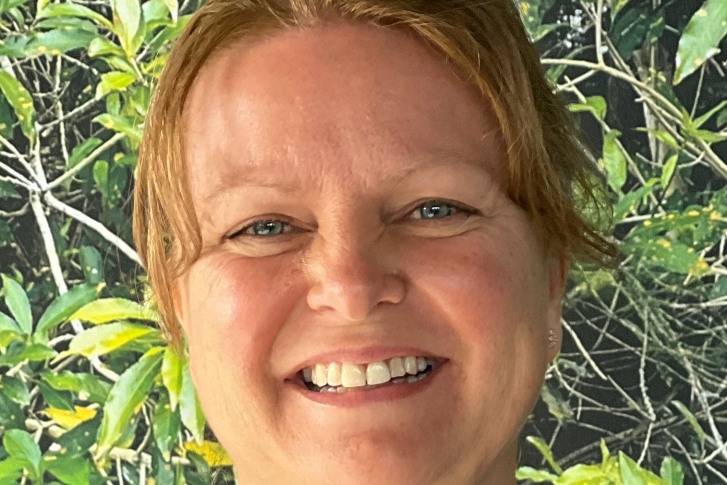Harvesting is one potential option to control nuisance growths of weed in lakes.
Mechanical harvester units can typically remove lake weed to 2-3m below the water surface. Harvesting can have beneficial outcomes but there are also a number of potential downsides that need to be evaluated on a case by case basis.
Benefits of harvesting
Harvesting can be a useful tool to reduce weed abundance in sensitive areas (e.g. boat ramps, beaches), or from areas where weeds detach and form drifting rafts that interfere with recreational or commercial activities. In areas where harvesting units can operate efficiently (e.g., sheltered sites without underwater obstacles), large quantities of weed can be removed which may benefit lake water quality or offset nutrient inputs from the catchment through removal of nutrients that have been assimilated into the plants as they grow.
Downsides of harvesting
Common weed species in New Zealand lakes often grow to depths of 6m or more, and mechanical harvesters can only remove the upper canopy of weed beds in deep water. Harvesting is not a suitable option for weed control in areas where weed fragments generated by the harvesting activity pose a biosecurity risk, for example, in areas where an infestation of a new weed has been found or the weed has a limited distribution within the lake. Most New Zealand lake weed species can grow vegetatively from fragments. Even small fragments (<1-2cm length) can remain viable for long periods of time.
Other potential downsides of harvesting, particularly where it is done on a large scale, include the killing of fish and other biota trapped in the weed bed at the time of harvest, removal of habitat and flipping of the lake ecosystem to an algal dominated state.
Disposal of harvested weed can also be problematic. Lake weeds often bioaccumulate contaminants (e.g. arsenic) that render them unsuitable for use as a compost or stock feed. Disposal of the weed in the lake itself, via pulverizing and/or deep water discharge of negatively buoyant material is a much cheaper option than ferrying harvested weed to shore for transport to an onshore disposal site, but is not a suitable option for situations where removal of lake nutrients assimilated into weed is desired.
A final consideration is the movement of harvester units between lakes or other waterbodies and any potential biosecurity risks that this raises. A number of New Zealand's worst lake weeds (e.g. hornwort) currently have a limited distribution so ensuring that fragments of such weeds are not inadvertently introduced into a new location by a harvesting unit is paramount. Units must be thoroughly decontaminated before being moved.
More information
Presentations from the Lake Water Quality Society Symposium will be made available on the Lake Water Quality Society website.

